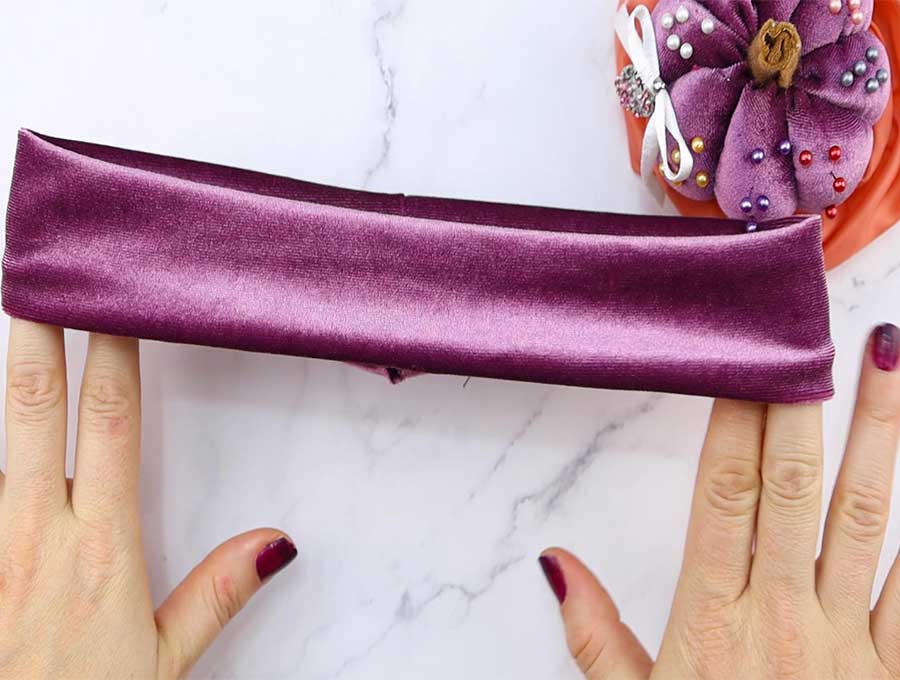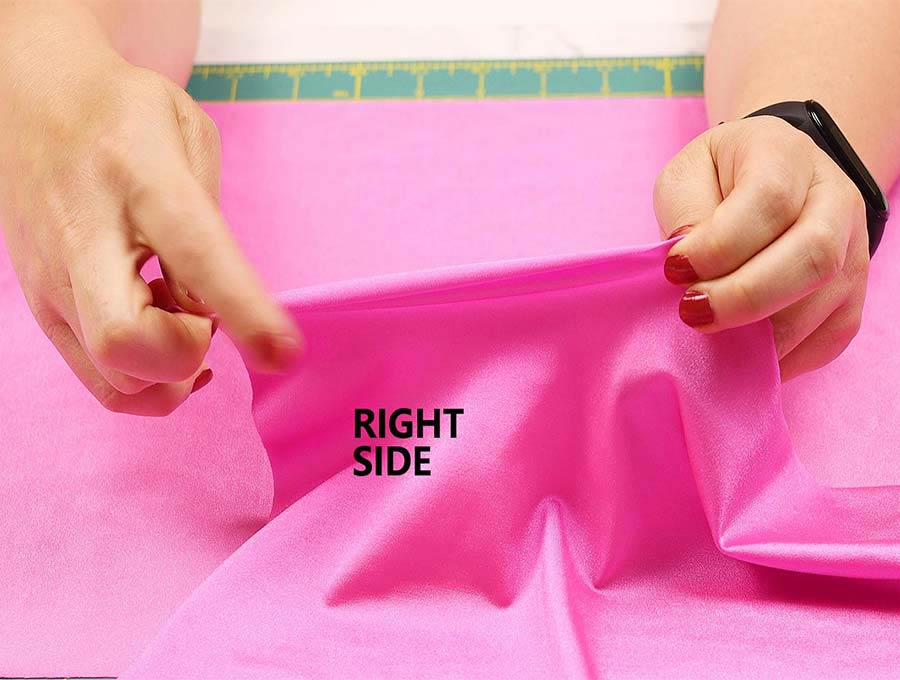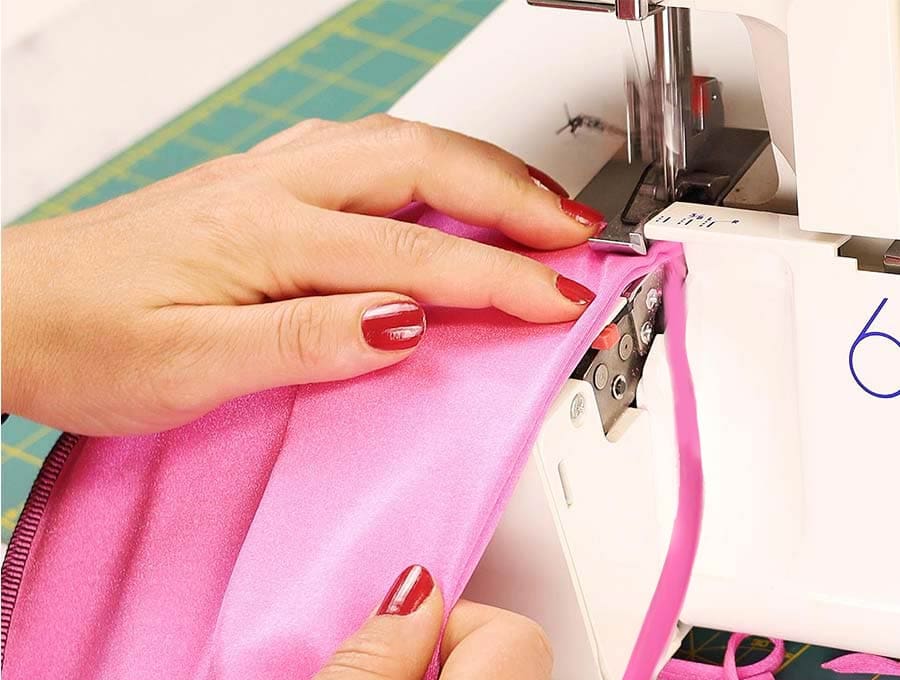Types of Stretch Fabric: Discovering the Perfect Stretch Fabric for Your Project
Stretch fabrics have become increasingly popular in recent years. They are comfortable, versatile, and can be used in a wide variety of garments. Stretch fabrics are made from a variety of materials, including cotton, polyester, and spandex. They are perfect for creating clothes that move with your body, making them ideal for workout clothes, dancewear, and everyday clothing.
There are many different types of stretch fabrics available, each with its own unique properties. Some stretch fabrics are better suited for certain types of garments than others, and it’s important to choose the right type of fabric for your project. Whether you’re a beginner or an experienced sewer, understanding the different types of stretch fabrics available can help you create clothes that fit well, feel great, and look amazing.
Table of Contents
What is a Stretch Fabric?
Stretch fabric is a type of textile that has the ability to stretch beyond its original size and then return to its original shape. This fabric is made with elastic fibers such as spandex, lycra, or elastane, which give it its stretchy properties.
Stretch fabrics can be produced in a variety of ways, including weaving, knitting, or blending with other fibers. They are commonly used in activewear, swimwear, and other garments that require a close fit and flexibility.
There are two main types of stretch fabrics: two-way stretch and four-way stretch. Two-way stretch fabrics stretch in one direction, usually from selvage to selvage, while four-way stretch fabrics stretch in both directions, crosswise and lengthwise.
Types of Stretch Fabric
Nylon Spandex
Nylon Spandex is a popular stretch fabric that is known for its durability and resistance to wear and tear. It is commonly used in athletic wear and swimwear due to its moisture-wicking properties and ability to stretch in all directions.
Cotton Spandex
Cotton Spandex is a soft and comfortable stretch fabric that is often used in casual wear and loungewear. It provides a snug fit and is breathable, making it perfect for everyday wear.
Polyester Spandex
Polyester Spandex is a stretch fabric that is known for its strength and resistance to wrinkles and shrinkage. It is commonly used in activewear and outdoor gear due to its ability to wick moisture and dry quickly.
Rayon Spandex
Rayon Spandex is a stretch fabric that is soft and lightweight. It drapes well and is often used in dresses and tops. It is breathable and comfortable to wear in warm weather.
Lycra
Lycra is a popular stretch fabric that is known for its ability to stretch up to 600% of its original size and return to its original shape. It is commonly used in swimwear, athletic wear, and dancewear.
Ponte Knit
Ponte Knit is a stretch fabric that is thicker and more structured than Jersey Knit. It is often used in dresses, skirts, and pants due to its ability to hold its shape.
Jersey Knit
Jersey Knit is a stretch fabric that is lightweight and comfortable to wear. It has a smooth and soft texture and is often used in t-shirts and dresses.
French Terry
French Terry is a stretch fabric that is soft and comfortable to wear. It has a looped texture on the inside and is often used in sweatshirts and loungewear.
1-way, 2-way and 4-way Stretch Fabrics
Stretch fabrics are designed to stretch and recover to their original shape. There are three main types of stretch fabrics: 1-way, 2-way, and 4-way stretch fabrics.
1-way stretch fabrics, also known as warp or weft stretch fabrics, only stretch in one direction, either horizontally or vertically. They are generally less stretchy than 2-way and 4-way stretch fabrics and are not suitable for activewear or sports clothing.
2-way stretch fabrics, also sometimes referred to as one-way stretch fabrics, stretch in two directions, either horizontally or vertically. They are comfortable to wear and are suitable for a wide range of clothing, including dresses, skirts, and pants.
4-way stretch fabrics, also known as double knits, stretch in both directions, horizontally and vertically. They are highly stretchy and are perfect for activewear, sportswear, and swimwear.
How to Sew with Stretch Fabric
- STITCH: When sewing with stretch fabric, it’s important to use the right stitch on your machine. The most common stitches used for stretch fabrics are the narrow zigzag stitch and the overedge stitch. The narrow zigzag stitch is perfect for stretchy fabrics as it allows the fabric to stretch without breaking the stitches. The overedge stitch is great for finishing seams and preventing fraying. Of course the best way to sew knits is using a serger
- NEEDLE: It’s also important to use the right needle when sewing with stretch fabric. A ballpoint needle is the best choice as it has a rounded tip that won’t damage the fabric. Using a regular needle can cause the fabric to pucker or skip stitches.
- THREAD: When it comes to thread, it’s best to use a polyester thread as it has some stretch to it. This will prevent the thread from breaking when the fabric stretches. Make sure to use a thread that matches the color of your fabric to avoid any visible stitches.
When sewing with stretch fabric, it’s important to take your time and use a slow and steady pace. This will prevent the fabric from stretching or puckering as you sew. It’s also a good idea to test your stitches on a scrap piece of fabric before sewing your final project.
What is the Most Stretchy Material?
When it comes to stretchy materials, there are a lot of different options out there. Some fabrics are naturally stretchy, while others are made with added fibers to give them more elasticity. But which material is the most stretchy?
Well, the answer to that question depends on a few different factors. For one thing, it depends on what you mean by “stretchy.” Are you looking for a material that can stretch the most without breaking? Or are you looking for a fabric that can stretch to fit a wide range of body types?
If you’re looking for a material that can stretch the most without breaking, then rubber is probably your best bet. Rubber is incredibly elastic and can stretch up to 800% of its original size without tearing. However, rubber isn’t the most practical material for clothing or other everyday uses, since it can be thick and heavy.
If you’re looking for a fabric that can stretch to fit a wide range of body types, then you might want to consider fabrics that contain elastane, Lycra, or spandex. These synthetic fibers are often blended with other materials like cotton or polyester to create stretchy fabrics that can conform to different body shapes. Other natural fibers like wool and silk can also be blended with synthetic fibers to create stretchy fabrics.
Ultimately, the most stretchy material for you will depend on your specific needs and intended use. Whether you’re looking for a material that can stretch to fit your body or one that can withstand extreme stretching, there are plenty of options out there to choose from.
Conclusion
Stretch fabrics have become a staple in the fashion industry, providing comfort and flexibility to a wide range of garments. With different types of stretch fabrics available, it’s important to choose the right one for your project to ensure a perfect fit and maximum comfort. By understanding the different properties of stretch fabrics and how to sew them, you can create beautiful and functional garments that will last for years to come. So, go ahead and stretch your creativity with the perfect stretch fabric for your next project!






